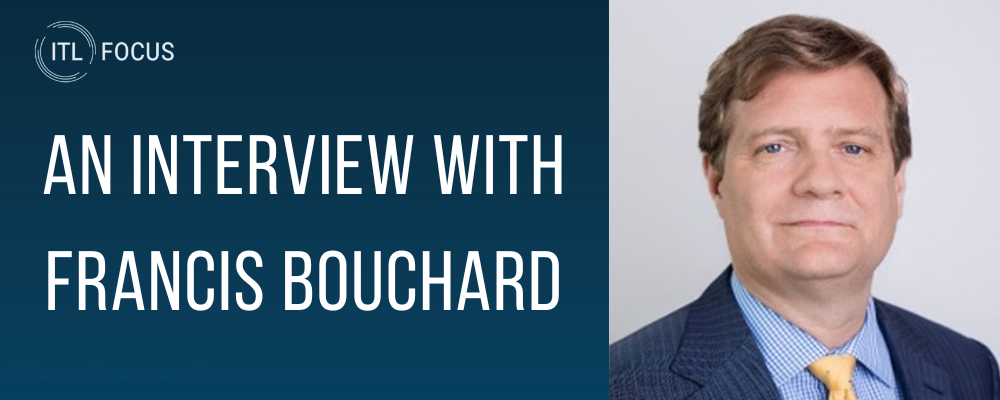Despite more than a decade of awareness, underinsurance in business interruption (BI) policies remains stubbornly common—and costly. A Marsh study citing Chartered Institute of Loss Adjusters (CILA) data found that 40% of BI declarations were undervalued, with average underdeclarations of 45%. That was in 2012. Recent publications from CILA and the Insurance Institute of London (2024) suggest little has changed.
Insurers continue to see claims where declared gross profit is well below actual exposure, leaving policyholders exposed to reduced payouts, co-insurance penalties, or outright denial.
Why Declarations Miss the Mark
Five recurring issues explain most inaccuracies:
- Terminology Confusion: In everyday accounting, "gross profit" has one meaning. But "insurable gross profit" is defined differently. For example, it usually leaves out things like investment income but adds back certain expenses that don't appear in normal accounts. If a business uses the wrong definition, its insurance declaration can end up way off the mark.
- Optimism Bias: Owners assume best-case recovery scenarios, underestimating the duration and financial effect of disruption.
- Documentation Gaps: If a business doesn't keep detailed or accurate financial records, it becomes very hard to show what the real losses are. Missing information weakens the claim and makes it less believable to the insurer.
- Operational Blind Spots: Losses from supply chain interruptions, third-party dependencies, or contingent exposures are frequently overlooked.
- Policy Misunderstandings: Many businesses don't fully understand the fine print in their policies. Things like what counts as extra costs, how savings are treated, or how long cover lasts can easily be misread—leading to claims that don't match what the policy actually covers.
Example of understatement: A mid-sized manufacturer declared its BI exposure based only on its own factory operations, overlooking its heavy reliance on a single overseas supplier. When flooding shut down that supplier, losses mounted well beyond the declared amount—triggering co-insurance penalties and a settlement that was less than half of the actual loss.
Overstatement: The Other Risk
While underdeclaration dominates discussions, overstating a claim can be equally damaging. Inflated or poorly substantiated submissions lead to:
- Frustration and mistrust from insurers
- Reduced settlements or outright repudiation
- Unrealistic expectations by policyholders
- Delays and costly disputes
Example of overstatement: A retail chain calculated its BI loss using projected sales growth from a planned expansion that never materialized. The claim—based on future revenue rather than proven historical trends—was challenged, leading to months of delay and a significant downward adjustment.
Insurers scrutinize every figure. If projections lack evidence or deviate from past performance, credibility suffers—and so does the claim.
Continuing Submissions and the Duty to Mitigate
Another area where claims often falter is timing. Many businesses wait until operations are fully restored before submitting their BI claim, presenting it as a single package. This approach creates delays, invites disputes, and risks misinterpretation of losses.
Best practice is to submit the claim on a continuing basis, updating the insurer regularly as losses and mitigation steps are incurred. Interim submissions allow the insurer to review, comment, and agree on methodology early, reducing the possibility of disputes at the final stage.
Policyholders also carry a clear duty to mitigate their loss. For example, if a critical machine component fails, flying in the replacement part from overseas may cost $50,000. If doing so shortens downtime and reduces the BI loss by $200,000, the insurer will cover the cost. However, if the part costs more to fly in than the BI loss it prevents, the insurer is unlikely to reimburse the expense.
Example: Fire in a Restaurant Kitchen
A mid-sized restaurant suffers a fire in its kitchen when a deep fryer malfunctions, damaging the cooking equipment and forcing the kitchen to shut down for repairs.
Rather than closing completely, the owners hire an external commercial kitchen across town to prepare meals. They then transport the food back to the restaurant, allowing them to stay partially open and continue serving customers.
- Effect if they closed: With no income, the restaurant could have lost $15,000 per week in revenue.
- Mitigation step: Renting the external kitchen and arranging food transport costs $5,000 per week.
- Insurance treatment: Since this reduces the size of the business interruption claim (the restaurant still generates revenue), the insurer covers the reasonable costs of the external kitchen.
This example highlights two key points:
- Duty to mitigate – The restaurant took steps to limit its loss rather than shutting down completely.
- Communication with insurer – By discussing the plan with the insurer before committing, the restaurant ensured the extra costs would be covered.
This example highlights why communication is critical throughout the process. Keeping the insurer informed ensures that mitigation measures are agreed to in real time, rather than disputed after the fact.
Whose Job Is It, Anyway?
That need for early engagement and clear communication leads to another common misconception: who is actually responsible for compiling the claim. Contrary to what many policyholders believe, responsibility rests with the insured, not the loss adjuster.
Adjusters may adjust upward where valid losses are overlooked, but their primary role is to challenge unsupported or overstated items. Notably, companies that under- or over-declare are often those that attempted to prepare the declaration themselves, without specialist knowledge of BI policy wording. Doing so not only increases the likelihood of error but can also jeopardize the credibility of the entire claim.
The Forensic Accountant Advantage
Forensic accountants bridge the gap between accounting records and insurance requirements. They:
- Translate financials into insurance terms aligned with policy wording
- Quantify loss precisely through historical analysis, forecasting, and modelling
- Build credible submissions supported by data, documentation, and rationale
- Safeguard declarations by properly quantifying exposure and reducing the risk of penalties or claim rejection
Claims Preparation Costs: A Hidden Benefit
Many policies now include professional fees or claims preparation costs coverage. This provision reimburses the insured for professional fees incurred in compiling and substantiating a claim—including the services of forensic accountants.
Depending on the policy, limits for claims preparation costs can range from $25,000 to over $100,000, more than enough to cover expert involvement from start to finish. For businesses, this often means there is no direct cost to accessing professional support.
Yet too many businesses either overlook this coverage or attempt to "go it alone," exposing themselves to underpayment, disputes, or rejection of their claim.
Final Word
CILA's recent efforts to standardize policy wording are welcome, but the accuracy of BI claims still rests with the insured. Both understatement and overstatement carry significant risk—underpayment on one hand, repudiation on the other.
With financial stakes this high—and with claims preparation costs frequently covered—engaging a forensic accountant isn't just best practice. Submitting claims progressively, maintaining open dialogue with insurers, and taking well-documented mitigation steps are the keys to a faster, fairer settlement.
In short: Get expert help early, keep communicating, and mind the gaps.
































